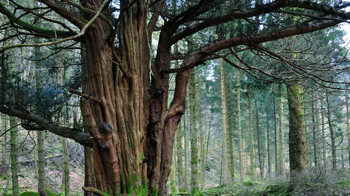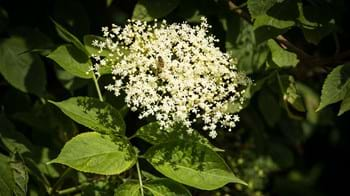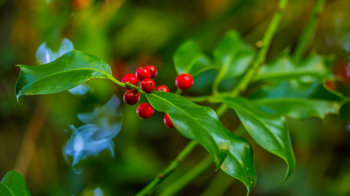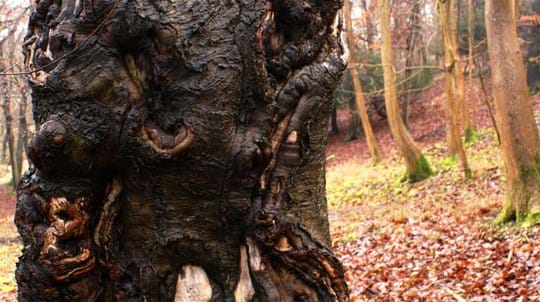
Adams Wood
Frieth

Woodland Trust wood
12.00 ha (29.65 acres)
SU781905
Explorer 171
OS Landranger 175
Rich in wildlife and historical features, Adams Wood is an 11-ha (27-acre) ancient woodland situated in the Chiltern Hills Area or Outstanding Natural Beauty.
As you stroll around this special wood, admire glorious views over the Chilterns and keep your eyes peeled for red kites.
Features
- Public access
How to get to Adams Wood
Adams Wood is located in Frieth, a small village in the parish of Hambledean, in Buckinghamshire.
The site adjoins ancient and semi-natural woodland on the northern and western boundaries, and improved grassland to the northwest and east.
By car, leave the M40 at junction 5, taking the A40 towards Stokenchurch and West Wycombe. Turn right at the Dashwood Arms onto Bolter Lane, towards Wheeler End and Bolter End. Pass under the M40 and through Bolter End, taking the next left to Frieth. Turn right at the next T-junction and enter Frieth.
An infrequent bus service runs from High Wycombe to Frieth or Skirmett.
Visit Traveline for more information.
The woodland is accessible from Frieth and Skirmett via minor roads and public rights of way.
Facilities and access
All the paths are unsurfaced and can be muddy at any time of the year. There are some gates to negotiate on the public footpath entrances. Some paths have gradients that may be difficult for those with limited mobility.
There is no parking at the woodland, so park in Frieth village and continue on foot along Innings Road.
The nearest public conveniences are at Marlow approximately 10km (6 miles) away. They are maintained by Wycombe District Council and located at Central Marlow, Gossmore and Pound Lane.
Wildlife and habitats
Adams Wood will enchant you with its breathtaking views, long-lived trees and wonderful wildlife.
Animals
Wander through this peaceful wood for a chance to see roe, fallow and muntjac deer. Keep an eye out for badgers that are also at home here. As you look over the Chilterns you might see the magnificent red kite, which is now back on the wing after being driven to extinction in the 19th century. It's believed there are more than 1,000 breeding pairs in this area alone.
Trees, plants and fungi
Visit in spring to see the carpets of bluebells that flourish alongside dog's mercury, bramble and bracken. In addition to bluebell and dog's mercury, other ancient woodland indicators here include hairy wood rush, remote sedge, wood sorrel, wood melick, woodruff, wood millet, wood sedge and yellow archangel. Look out for climbing black bryony, ivy and traveller's joy.
Adams Wood is brimming with plant life and is considered one of the most wooded areas in England, with over a fifth of the wood covered by trees. In the 1960s, the majority of this wood was replanted with beech, Japanese larch, Corsican pine and ash trees. Visit to explore fine specimens of ash, cherry, beech and oak which can be found throughout the site.
Habitats
Adams Wood is a handsome ancient semi-natural woodland site that covers over 11 ha (27 acres). Approximately 9 ha (22 acres) is ancient. A survey by John Morris concluded that this area has been wooded for around 600 years.
About Adams Wood
Adams Wood was acquired by the Woodland Trust in 1997.
This site has a wealth of history, much of which was surveyed by John Morris of the Chiltern Woodlands Project in 2002. Look out for the many interesting features, including a sunken lane, several sawpits, woodbanks and a series of terraces and lynchets – remnants of an early medieval field system.
Things to do in Adams Wood
A public bridleway runs through the middle of the site, linking Frieth and Skirmett and providing good access to the woodland. It also forms part of the Chiltern Way (a long-distance footpath through the Chiltern Hills). There is a circular walking route possible around the wood using the bridleway and a connecting permissive path.

Visiting woods
Walking dogs in our woods
Dogs are welcome for walkies in our woods. Take a look at our tips and guidelines for ensuring we keep our woods safe and special for dogs and wildlife.

Visiting woods
Walking
Taking a walk in the woods is the easiest way to enjoy the outdoors and get closer to nature.

































